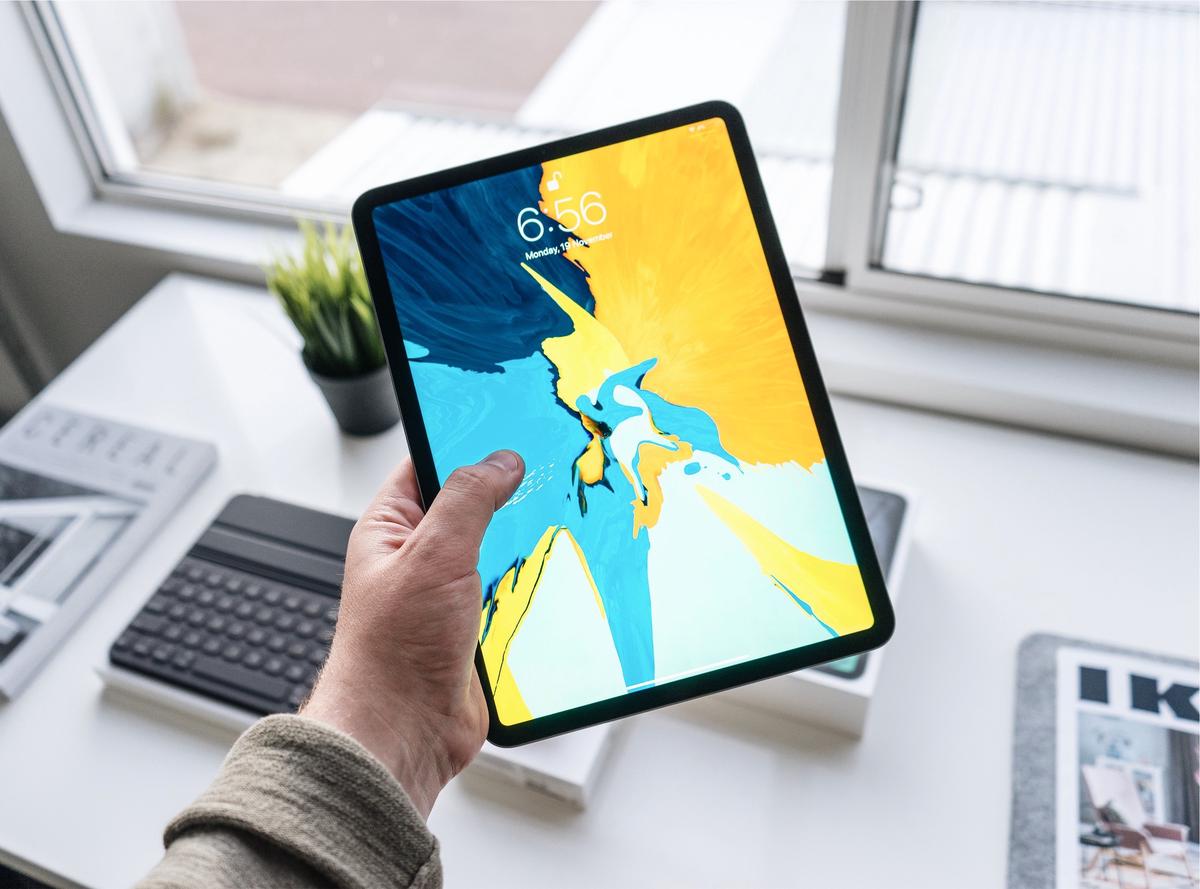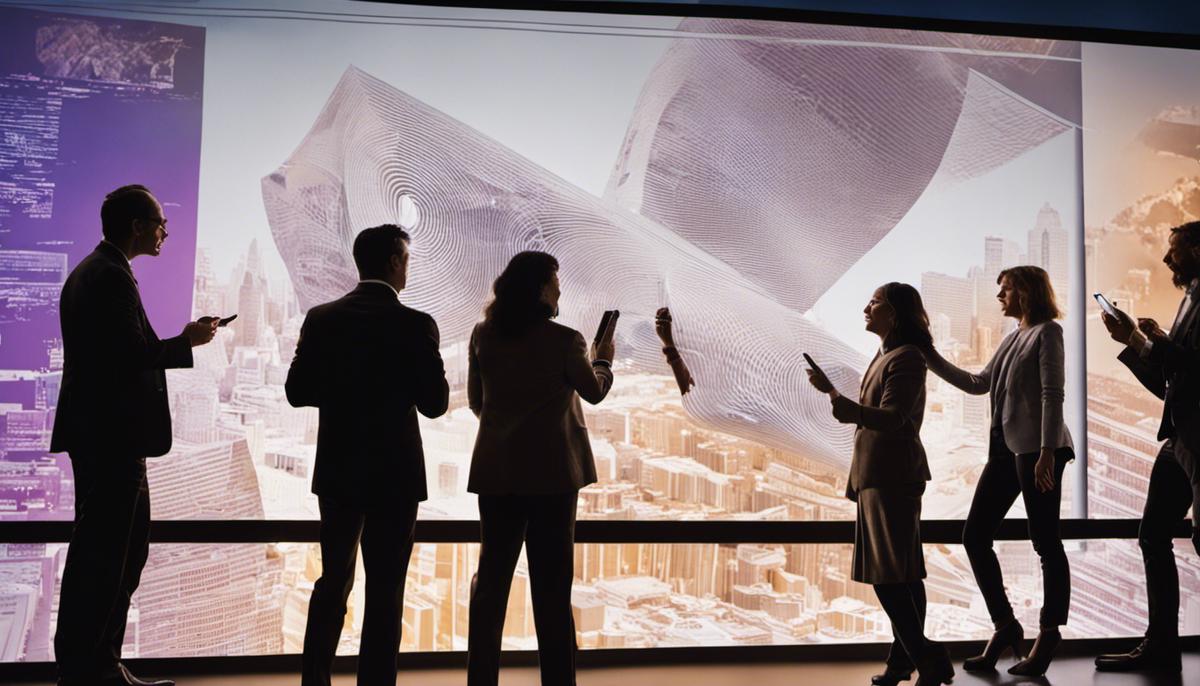In the realm of the digital world, the way we comprehend visuals and images is increasingly becoming more dynamic and multi-dimensional. A significant advocate of this revolution is the advent of interactive images.
Unlike the conventional static perception of graphics, interactive images proffer an invitation into a more dynamic interaction between users and digital content.
They stretch beyond the traditional passive reception of imagery, encourage active participation and foster a new relationship between users and content.
By grasping their distinguishing features and understanding their immersive nature, we can unlock an entirely new way of engaging with the digital world around us.
Understanding Interactive Images
Interactive images, the cutting-edge tech trend, are rapidly redefining the digital landscape. Unlike static images, which are fixed and unchanging, interactive images are dynamic and possess an immersive nature.
They spark user engagement by offering clickable points or areas that can reveal more information, display pop-ups, redirect to another page, present a close-up view, or even play audio or video when interacted with. This digital wizardry ushers in a new era of user experience, by turning passive observers into active participants.
Static images, although easy to comprehend, limit communication to the two-dimensional plane. While they display a visual representation, they fail to offer depth and interactive engagement. In contrast, interactive images toss aside these limitations, stepping from the confines of 2D space to offer a more enriching, multi-dimensional experience. Embracing this new technology, industries like ecommerce, real estate, education, and even digital marketing, are gearing up to revolutionize user experiences.
Interactive images promise an experience that’s not just visually appealing but also intellectually stimulating. With every click, they trigger curiosity, make knowledge acquisition fun, and increase user retention. Unlike static images, that tell a story, these images invite you to be part of the story. They empower users to gain control of their navigation, delve deeper into areas of interest, and discover information at their own pace. In a concise takeaway: if static images are like reading a book, interactive images transform the experience into an immersive, engaging game.

Photo by henryascroft on Unsplash
User Interaction with Interactive Images
Delving further into the dynamic world of interactive images, it’s essential to consider how users actually extract meaningful information from them. As technology enthusiasts, any exploration of this versatile technology requires a nuts-and-bolts examination of the user interface and its functionality.
A quintessential aspect of interactive images is the hotspot, an clickable region embedded within the image that reveals more details upon interaction. Hotspots are a boon for information-dense presentations as they enable seamless discovery of layered, hidden content without overwhelming the viewer with upfront data. These elements are customarily indicated with icons, buttons, or visually distinctive markers to signal their interactivity. By simply hovering, clicking, or tapping, users can access expanded images, descriptive texts, hyperlinks, or even audio-visual content, hence contributing to a more contextual and comprehensive understanding of the subject matter.
Enhanced with rich media, another intriguing aspect of interactive images involves the integration of audio-video elements and animations, turning static visuals into an engaging multimedia experience. Multimedia components are not only a treat for the senses but also reinforce the visual information, thus enhancing comprehension and recall. By purposefully layering multimedia over image hotspots or embedding them as standalone features, interactive images can curate detailed tours, product demos, educational narratives, or even detailed case studies.
Interactive images do more than just entertain with their cutting-edge brilliance; they transform the art of storytelling and knowledge presentation into an immersive, multi-dimensional experience. They empower users to dictate the pace and path of their interaction, placing them at the helm of their virtual exploration. The magic lies in their potential for personalization and their ability to deliver contextual, deep-dive insights on user-guided demand. From education to marketing to e-commerce, every digital experience can be enriched with the power of interactive images.

Application and Effects of Interactive Images in Various Sectors
The usage of interactive images is now expanding beyond traditionally visual industries. Healthcare, for example, leverages interactive images to improve procedural understanding and patient engagement. MRI scans, tissue scans, and ultrasound images have been transformed into interactive versions, providing a dynamic, 3D portrait that can be manipulated to better understand the human body. This revolutionary approach avoids overwhelming patients with excessive or misunderstood information by allowing them to explore only specific areas or layers for a deepened and clarified understanding.
In the sphere of real estate and architecture, interactive images are making a significantly transformative impact. Potential buyers or tenants can explore properties in great detail – through interactive floor plans, 360-degree tours, and virtual stagings. This approach drastically streamlines the property exploration process by delivering a comprehensive, true-to-life spatial experience. It also facilitates immediate and data-backed decisions.
The e-commerce sector also benefits enormously from the use of interactive images. Internet shoppers can interact with product images by zooming in, rotating them or changing color options. It replicates the living, tactile experience of shopping in-person and significantly reduces the uncertainty often associated with online shopping. As interactive images become widespread, it’s clear that the innovative application of this technology can redefine industries and consumer experiences alike.
Sectors like tourism, journalism, and environmental studies too are exploiting the power of interactive images. Interactive maps, infographics, and visual storytelling engage users on a thought-provoking level. The capacity to relate to a wider context or view matters from different perspectives can foster informed public discourse or incisive personal reflections. Excitingly, the future promises a host of unimagined possibilities for interactive image technology. Technologists, innovators, and early adopters will continue driving this impressive surge, reinforcing interactive images as a vital tool for the modern interconnected world.

Undeniably, interactive images are more than a mere digital innovation; they represent a paradigm shift in the way we interact with visual content. They offer limitless applications stretching from e-commerce to education, making a significant impact by dismantling traditional practices and paving the way for a more interactive and personalized experience.
As we navigate through the 21st century, the utilization of interactive images is only set to proliferate. So, embracing them right now primes us to stay afloat and relevant in a world drenched in digital revolution.

